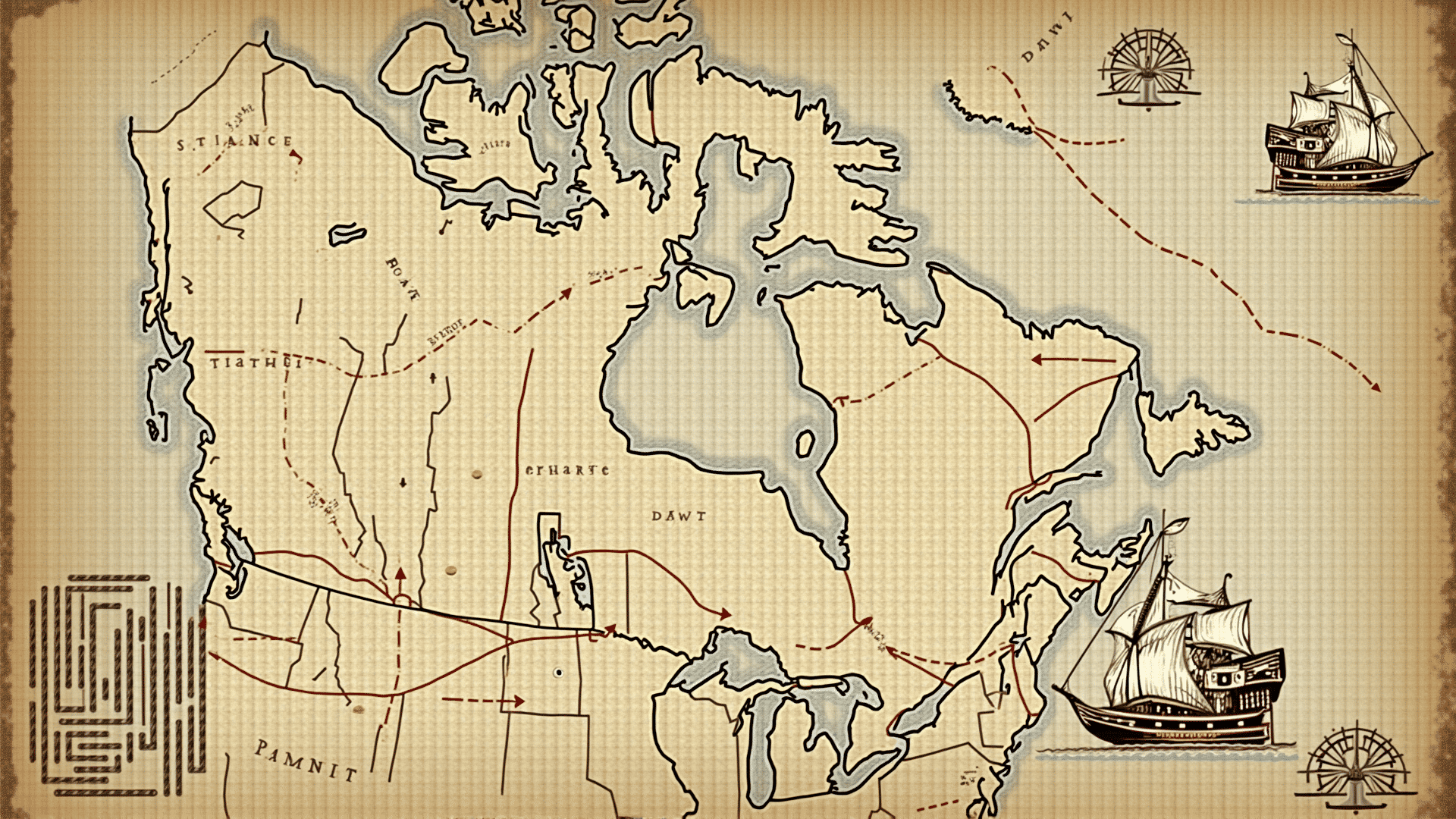Canada's trade has played a pivotal role in shaping its economic and social fabric over the centuries. The evolution of trade in Canada, from the early fur exchanges to contemporary global exchanges, illustrates a dynamic narrative of resource distribution and economic development.
The origins of Canadian trade can be traced to the First Nations communities, who engaged in extensive exchange networks across North America long before European settlers arrived. They traded commodities such as furs, copper, and agricultural products. These networks laid the groundwork for later interactions with European traders and settlers.
The arrival of Europeans significantly altered the landscape. The fur trade became a cornerstone of early economic activity, with an extensive network facilitated by the Hudson's Bay Company and the North West Company. This era marked a shift in the use and value of resources, focusing on animal pelts, especially beavers, which were highly valued in European markets.
As the 19th century unfolded, Canada's trade expanded with the development of railroad infrastructure, enhancing access to vast natural resources and enabling the transport of timber, minerals, and agricultural products. The Confederation in 1867 further integrated Canadian provinces, fostering a domestic exchange network while negotiating international agreements to expand overseas engagements.
The 20th century witnessed the diversification of trade activities, propelled by industrial growth and technological advancement. The establishment of manufacturing industries and the discovery of oil further diversified the products available for exchange. This period also saw the formation of significant agreements, most notably the North American Free Trade Agreement (NAFTA), which cemented Canada's position in a trilateral exchange zone with the United States and Mexico.
In recent years, Canada has continued to navigate the complexities of global exchanges, addressing challenges such as environmental sustainability, fair trade practices, and the balance between natural resource exploitation and conservation. Efforts to diversify partners and engage in environmentally responsible practices reflect a commitment to equitable resource distribution and economic resilience.
Throughout its history, Canadian trade has been fundamentally linked to the distribution and utilization of its rich natural resources. From indigenous networks to contemporary global agreements, each phase has contributed to the transformation of the Canadian economy and society, illustrating a profound narrative of adaptation and growth. Understanding these historical perspectives highlights the ongoing importance of responsible and strategic engagement in maintaining Canada's economic vitality in an ever-evolving global landscape.
